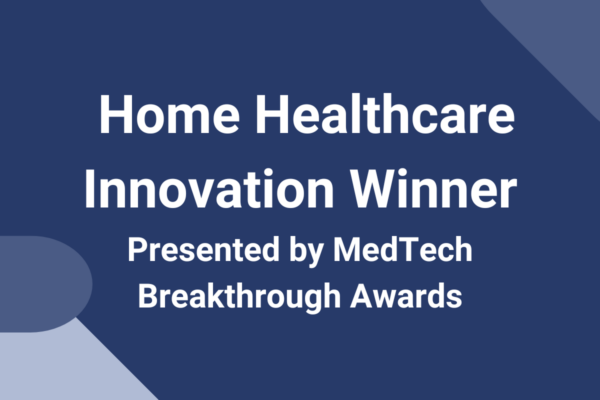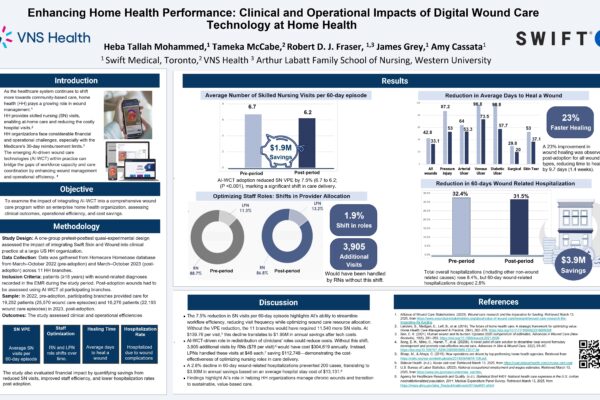July 28th 2020
On July 28th, a group of wound care leaders from leading mid-sized Home Health Agencies gathered to discuss the important trends and challenges being felt by the industry. In this exclusive, invite-only event, clinicians discussed the current climate, industry trends, and shared experiences building national wound care programs. Below is a brief synopsis of the key topics we touched on, including:
- Telehealth
- The impact of COVID-19
- Wound Care Clinics
- Measuring and visualizing wound program success
Telehealth
The discussion began focused on COVID-19 and the corresponding increase of patients refusing home visits that has led to an increase in deployment of telehealth solutions. Having a telehealth program in place prior to COVID has been a huge advantage for many agencies. The lack of reimbursements for televisits is of course restrictive here. Changes in the frequency of visits or an insufficient number of visits means relying on family or caregivers to provide additional care and treatment.
When doctors stopped seeing patients, the responsibility fell on nurses to go into the homes and connect virtually with physicians. Many of these nurses do not have a great deal of wound care experience, and standard technology and imaging is proving to be insufficient. A major challenge is in capturing quality images, visualization can be terrible, with blurry, low-quality pictures. In an effort to combat this, additional equipment such as headlamps are being used to compensate for devices without flash, or adding gauze wrappers behind a wound for improved visualization.
The Impact of COVID-19
COVID-19 has exaggerated many of the challenges already faced by agencies. With higher safety standard, agencies are facing supply challenges. The impact of COVID varies depending on the location of agencies, with some states struggling far more than others. In some locations, it is extremely difficult to obtain PPE, specifically masks and gloves. Agencies are being denied access, and others who can get it are struggling to maintain sufficient stock.
Wound Care Clinics
Collaboration with wound care clinics is challenging during and outside of COVID-19, particularly around ill-suited orders. Agencies often find themselves educating referring clinics on more appropriate treatments, dressings and visit cadences, with mixed results. Patient outcomes tend to be best where agencies and clinics collaborate on the best treatment plan, but collaboration and respect is often hard earned. Some approaches that have garnered success include building relationships through repeated face to face meetings, and having a firm policy on not accepting outdated treatment orders.
Wound Population Visualization, Success Metrics
The roundtable discussed the difficulties of demonstrating success in a wound program, primarily due to not having good reports. Many agencies lack visibility into their wound population as a whole, and find it difficult to pull data on the types of wounds they have, how many wounds they’re treating or the severity of wounds. Most agencies do not know their healing rates. The most advanced EMR reporting is used to look at the number of days a patient has a wound, but ultimately lacks a way to measure success. BWAT scores and supply costs are sometimes analyzed, but both have limitations. The consistent issue is the inability to get a trend of healing rates, because of compounding factors. Agencies are seeking a more efficient solution for reporting and analytics, specifically something that will provide them with trends and healing rates for greater insight into their wound population.

Siobhan Gibney Gomis
Director of Business Development, Home Health
This roundtable event was facilitated by Siobhan, who works with home health agencies all over North America to build and execute the best wound care programs in the country.





